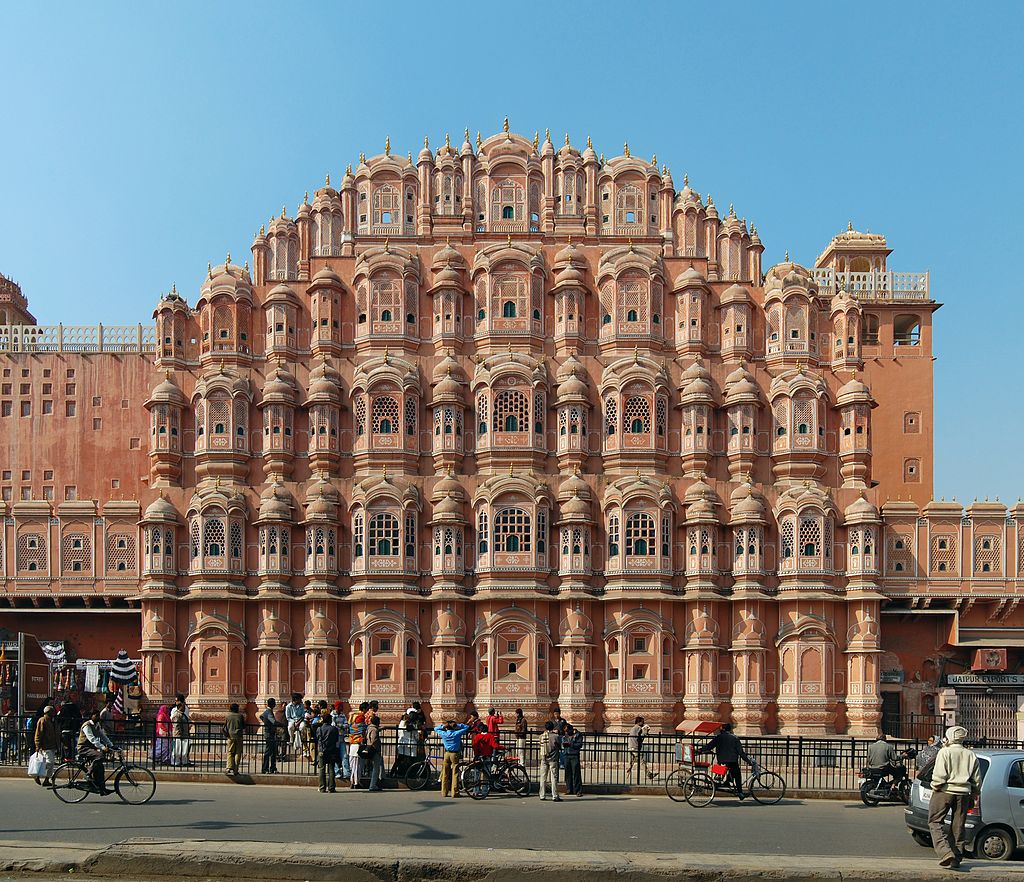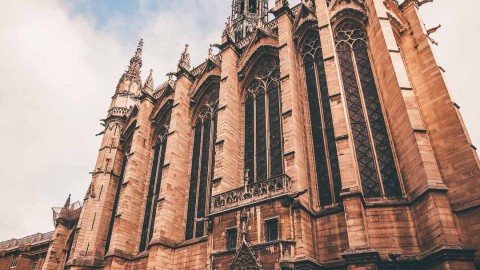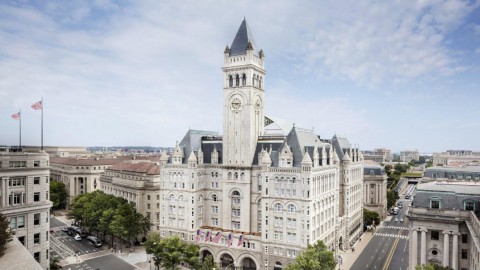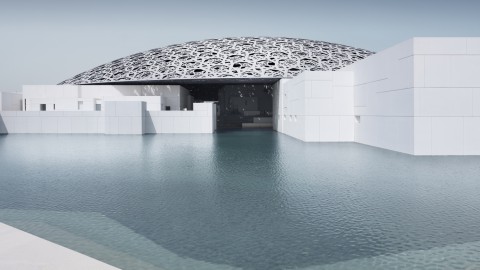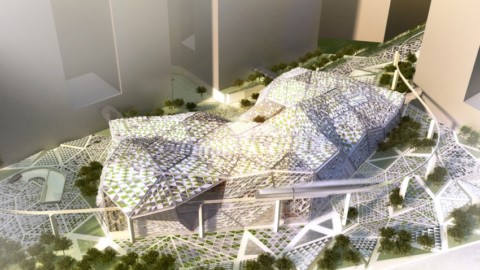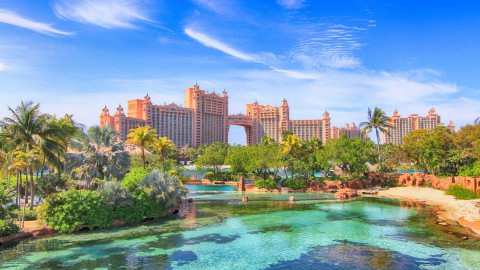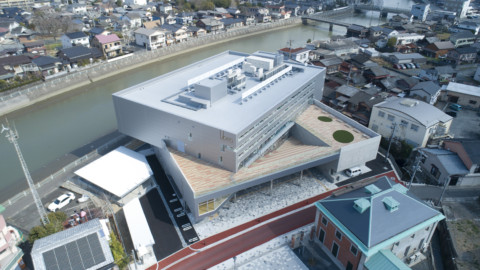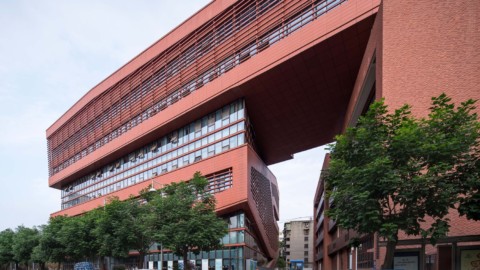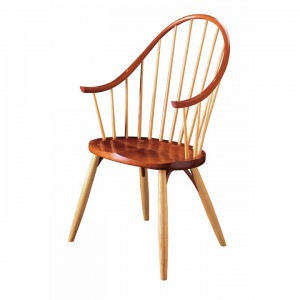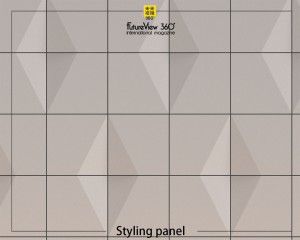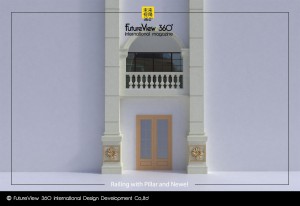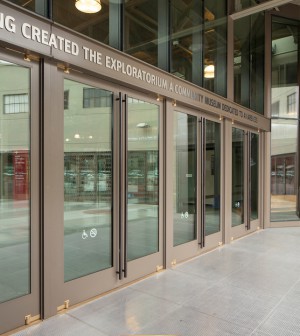Hawa Mahal Palace of the Winds 哈瓦瑪哈爾風之宮
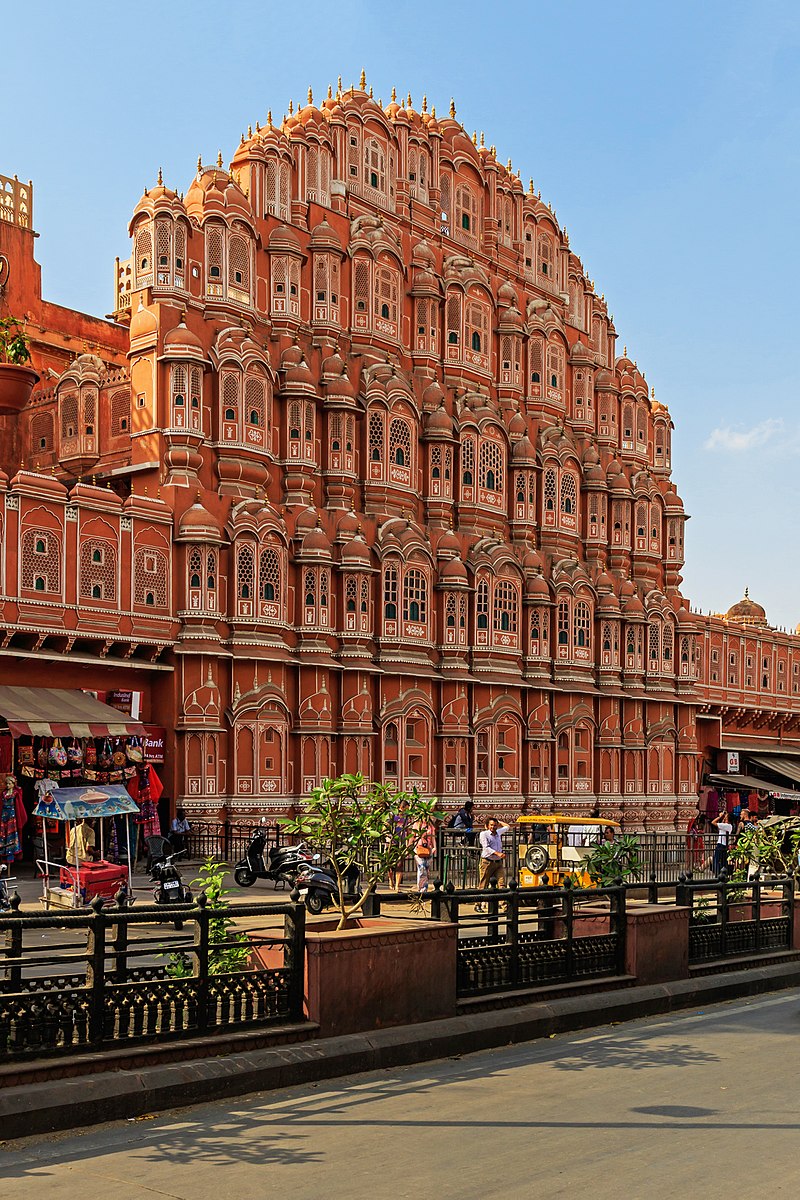
Hawa Mahal (English translation: “Palace of Winds” or “Palace of the Breeze”) is a palace in Jaipur, India. It is constructed of red and pink sandstone. The palace sits on the edge of the City Palace, Jaipur, and extends to the zenana, or women’s chambers.
The structure was built in 1799 by Maharaja Sawai Pratap Singh. He was so inspired by the unique structure of Khetri Mahal that he built this grand and historical palace. It was designed by Lal Chand Ustad. Its unique five floors exterior is akin to the honeycomb of a beehive with its 953 small windows called jharokhas decorated with intricate latticework. The original intent of the lattice design was to allow royal ladies to observe everyday life and festivals celebrated in the street below without being seen, since they had to obey the strict rules of “purdah”, which forbade them from appearing in public without face coverings. This architectural feature also allowed cool air from the Venturi effect to pass through, thus making the whole area more pleasant during the high temperatures in summer. Many people see the Hawa Mahal from the street view and think it is the front of the palace, but in reality it is the back of that structure.
In 2006, renovation works on the Mahal were undertaken, after a gap of 50 years, to give a face lift to the monument at an estimated cost of Rs 4.568 million. The corporate sector lent a hand to preserve the historical monuments of Jaipur and the Unit Trust of India has adopted Hawa Mahal to maintain it. The palace is an extended part of a huge complex. The stone-carved screens, small casements, and arched roofs are some of the features of this popular tourist spot. The monument also has delicately modeled hanging cornices.
Hawa Mahal(英文翻譯:“風之宮”或“微風之宮”)是印度齋浦爾的一座宮殿。它由紅色和粉紅色的砂岩構成。宮殿坐落在齋浦爾城市宮殿的邊緣,並延伸到zenana或女性的房間。
該建築由Maharaja Sawai Pratap Singh於1799年建造。他受到Khetri Mahal獨特結構的啟發,他建造了這座宏偉而歷史悠久的宮殿。它由Lal Chand Ustad設計。其獨特的五層外觀類似於蜂巢的蜂窩狀,其953個小窗戶稱為jharokhas,裝飾有錯綜複雜的格子。格子設計的最初意圖是允許皇室女士觀察日常生活和在下面的街道慶祝的節日,而不被看到,因為他們必須遵守嚴格的“purdah”規則,禁止他們出現在公共場合,沒有臉上覆蓋物。這種建築特徵還允許來自文丘里效應的冷空氣通過,從而使整個區域在夏季的高溫期間更加舒適。許多人從街景中看到了哈瓦瑪哈爾並認為它是宮殿的正面,但實際上它是這個結構的背面。
2006年,經過50年的差距,對瑪哈爾進行了翻新工程,對該紀念碑進行了整修,估計費用為45.68億盧比。公司部門借助保護齋浦爾的歷史古蹟,印度單位信託基金已採用Hawa Mahal來維護它。宮殿是一個巨大的建築群的延伸部分。石雕屏風,小窗簾和拱形屋頂是這個熱門旅遊景點的一些特色。這座紀念碑還有精美的懸掛飛簷。
General information
Architectural style:Rajput Architecture
Country:India
Coordinates:26.9239°N 75.8267°ECoordinates: 26.9239°N 75.8267°E
Construction started:N/A
Completed:1799
Client:Maharaja Sawai Pratap Singh
Technical details
Structural system:Red and pink delivered sandstone
Design and construction
Architect:siddharth jain
一般信息
建築風格:拉傑普特建築
國家:印度
坐標:26.9239°N 75.8267°ECoordinates:26.9239°N 75.8267°E
施工開始:N / A.
完成:1799
客戶:Maharaja Sawai Pratap Singh
技術細節
結構系統:紅色和粉紅色的砂岩
設計和施工
建築師:siddharth jain
Architecture
The palace is a five-storey pyramidal shaped monument that rises 50 feet (15 m). The top three floors of the structure have the width of a single room, while the first and second floors have patios in front of them. The front elevation, as seen from the street, is like a honeycomb with small portholes. Each porthole has miniature windows and carved sandstone grills, finials and domes. It gives the appearance of a mass of semi-octagonal bays, giving the monument its unique façade. The inner face on the back side of the building consists of chambers built with pillars and corridors with minimal ornamentation, and reach up to the top floor. The interior of the Mahal has been described as “having rooms of different coloured marbles, relieved by inlaid panels or gilding; while fountains adorn the centre of the courtyard”.
建築
宮殿是一座五層高的金字塔形紀念碑,高50英尺(15米)。結構的頂部三層具有單個房間的寬度,而第一層和第二層在其前面具有庭院。從街道看,正面立面就像一個帶有小舷窗的蜂窩狀。每個舷窗都有微型窗戶和雕刻砂岩格柵,頂尖和圓頂。它呈現出大量半八角形海灣的外觀,賦予紀念碑獨特的外觀。建築物背面的內表面由帶有支柱和走廊的房間組成,裝飾很少,並且可以到達頂層。 Mahal的內部被描述為“擁有不同顏色大理石的房間,通過鑲嵌的鑲板或鍍金來緩解;而噴泉則裝飾在庭院的中心”。
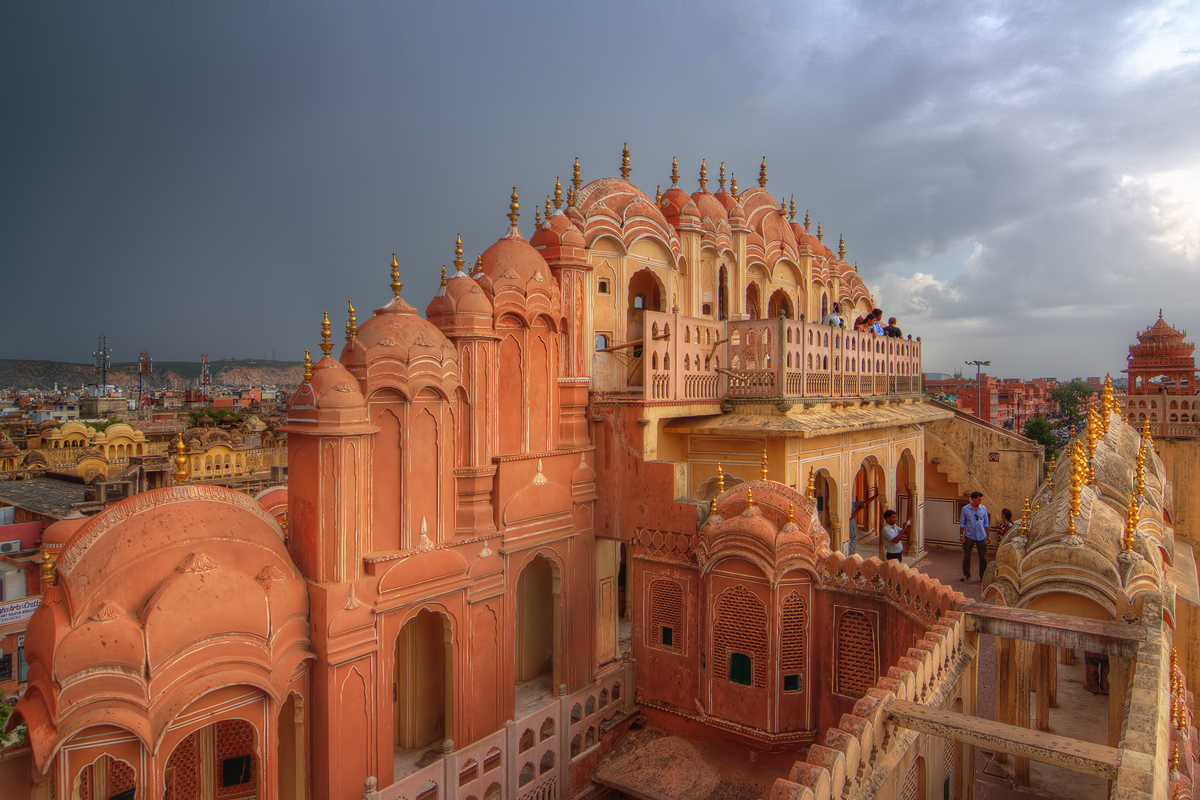
Lal Chand Ustad was the architect of this unique structure. Built in red and pink coloured sandstone, in keeping with the décor of the other monuments in the city, its colour is a full testimony to the epithet of “Pink City” given to Jaipur. Its façade depicting 953 niches with intricately carved jharokhas (some are made of wood) is a stark contrast to the plain looking rear side of the structure. Its cultural and architectural heritage is a true reflection of a fusion of Hindu Rajput architecture and Islamic Mughal architecture; the Rajput style is seen in the form of domed canopies, fluted pillars, lotus, and floral patterns, and the Islamic style as evident in its stone inlay filigree work and arches (as distinguished from its similarity with the Panch Mahal at Fatehpur Sikri).
Lal Chand Ustad是這個獨特結構的建築師。建於紅色和粉紅色的砂岩中,與城市中其他古蹟的裝飾保持一致,其色彩充分證明了齋浦爾的“粉紅之城”的綽號。它的外觀描繪了953個壁龕,雕刻精巧的jharokhas(有些是由木頭製成)與結構的平面外觀形成鮮明對比。其文化和建築遺產真實地反映了印度教拉傑普特建築與伊斯蘭莫臥兒建築的融合;拉傑普特風格以圓頂簷篷,凹槽柱子,蓮花和花卉圖案的形式出現,伊斯蘭風格在石鑲嵌金銀絲工藝和拱門中顯而易見(與法塔赫布爾西格里的Panch Mahal相似)。
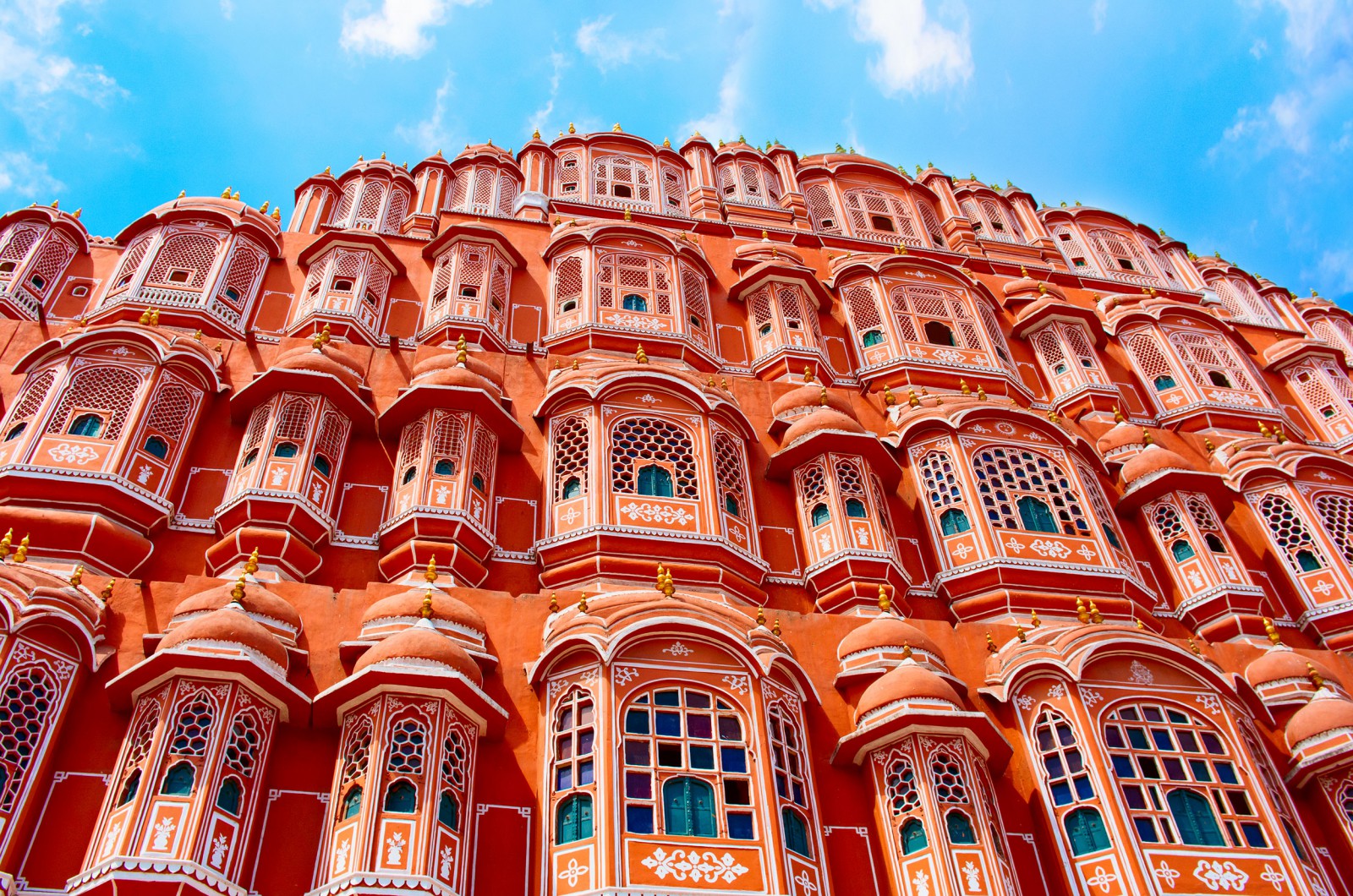
The entry to the Hawa Mahal from the city palace side is through an imperial door. It opens into a large courtyard, which has double storeyed buildings on three sides, with the Hawa Mahal enclosing it on the east side. An archaeological museum is also housed in this courtyard.
Hawa Mahal was also known as the chef-d’œuvre of Maharaja Jai Singh as it was his favourite resort because of the elegance and built-in interior of the Mahal. The cooling effect in the chambers, provided by the breeze passing through the small windows of the façade, was enhanced by the fountains provided at the centre of each of the chambers.
The top two floors of the Hawa Mahal are accessed only through ramps. The Mahal is maintained by the archaeological Department of the Government of Rajasthan.
從城市宮殿一側進入Hawa Mahal是通過一個皇家門。它通向一個大型庭院,三面有雙層建築,東邊是Hawa Mahal。這個庭院內還設有考古博物館。
Hawa Mahal也被稱為Maharaja Jai Singh的主廚,因為它是Mahal的優雅和內置內部,因此是他最喜歡的度假勝地。室內的冷卻效果由微風穿過立面的小窗戶提供,並通過每個房間中央提供的噴泉得到增強。
Hawa Mahal的前兩層只能通過坡道進入。 Mahal由拉賈斯坦邦政府考古部門維護。
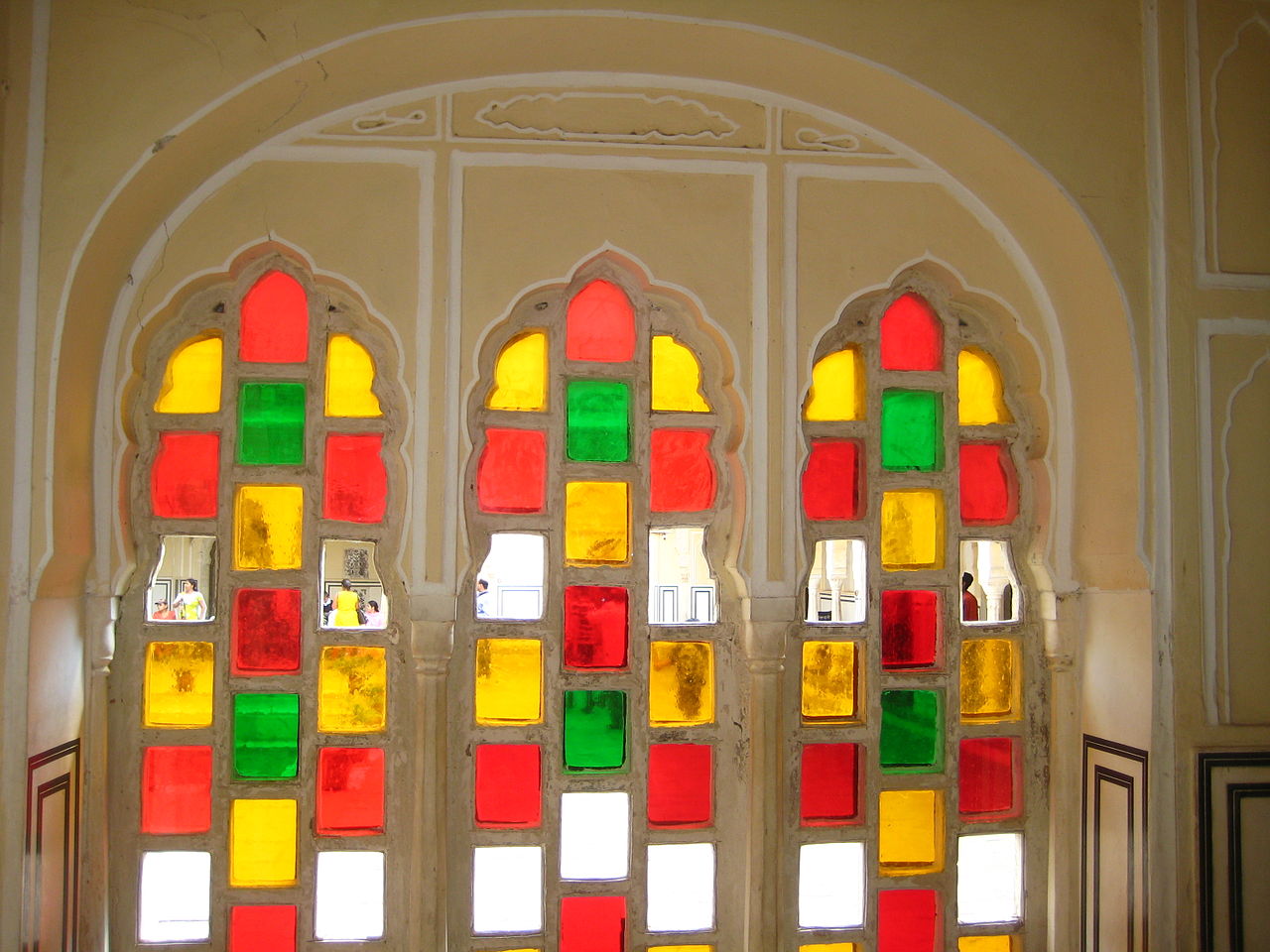
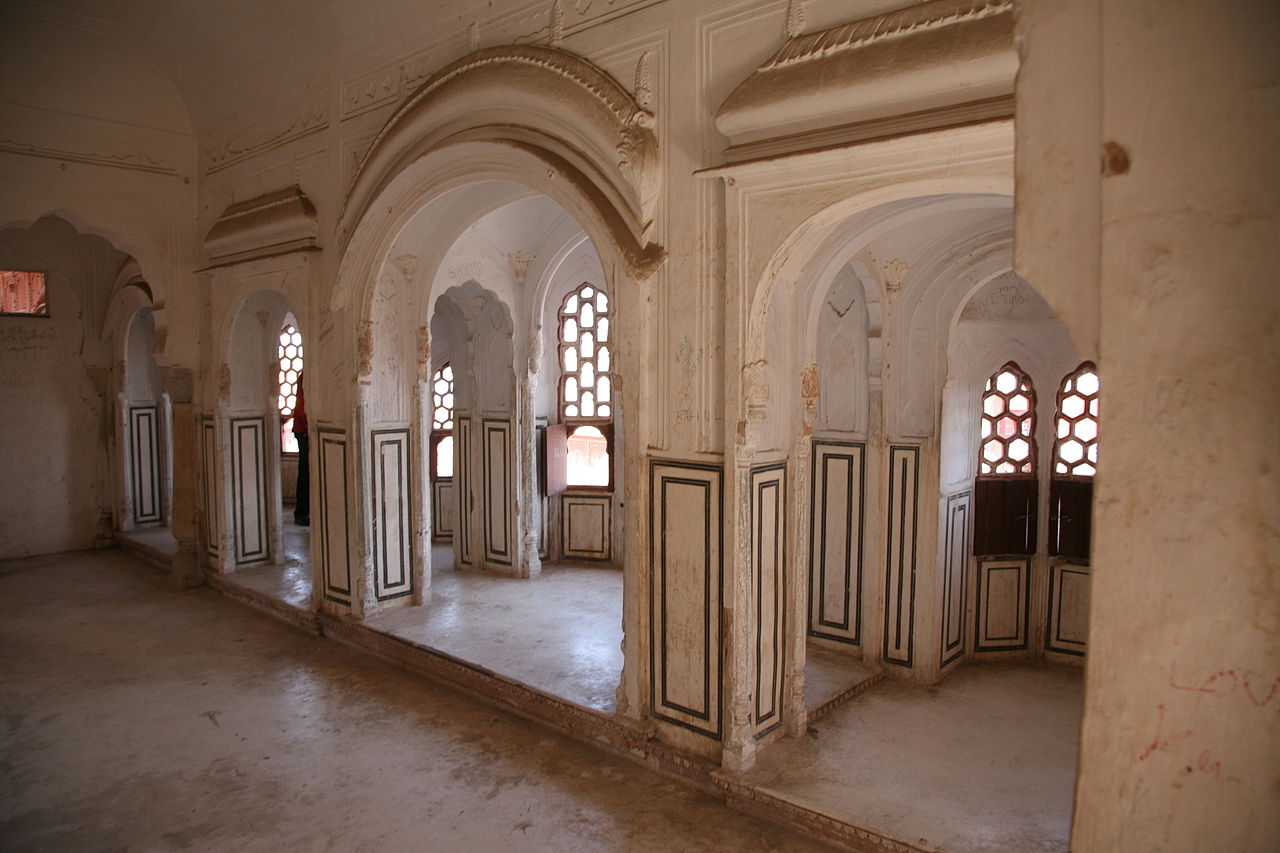
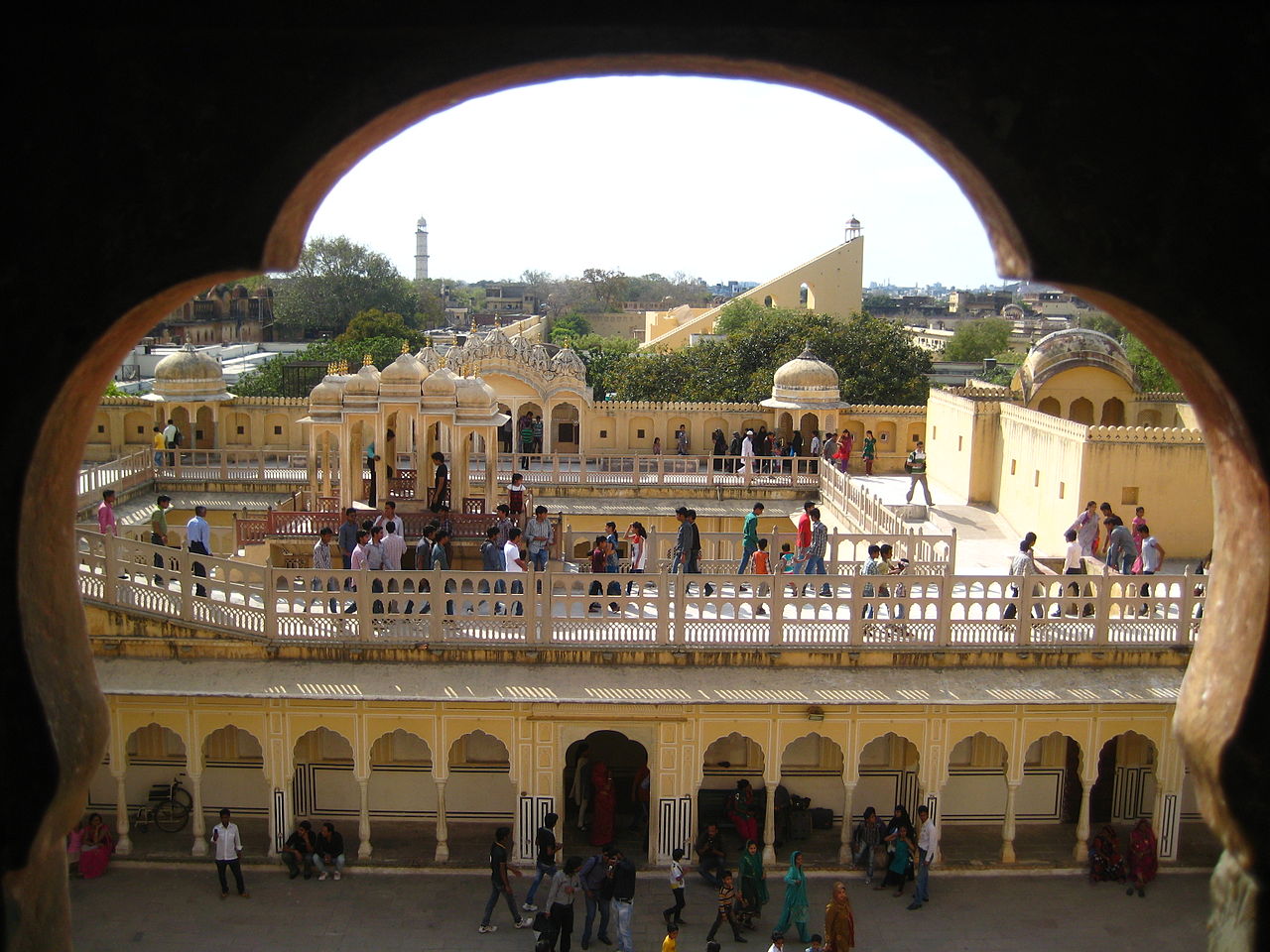
FROM:https://en.wikipedia.org/wiki/Hawa_Mahal
FROM:Jaipur, Rajasthan, India in 4K Ultra HD
FROM:HAWAMAHAL IN JAIPUR 3D MODEL
Don’t you think it’s addictive?
Want to know more about the beauty of architecture?
Come and join our members to explore the beauty of architectural design.
覺得看得不過癮嗎?
想要知道更多建築之美嗎?
快來加入我們的會員,一同探索建築設計之美。
The above article is purely for appreciation and sharing purposes, as well as the construction of new technology and the public can be in-depth understanding of the information at the same time there are sources, will be able to query, no use of the document as a commercial transaction, if illegal, please inform the We will immediately remove the site, thank you for cooperation.
以上文章純粹作為欣賞及分享用途,以及將建築新型技術傳遞給與大眾能夠深入了解,同時資料還有來源,將可查詢,絕無使用該文件資料作為商業交易行為,如有違法請務必告知該網站我們將立即處理撤除,謝謝合作。

